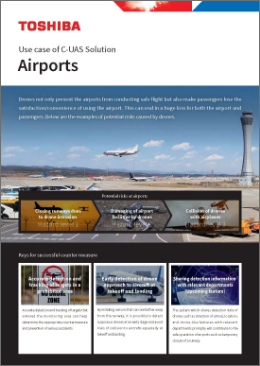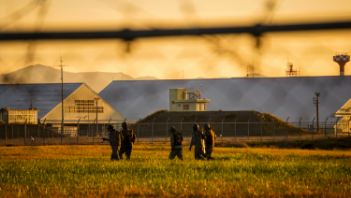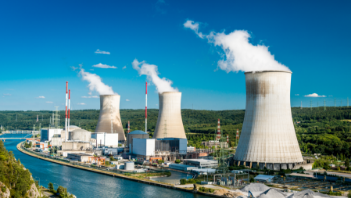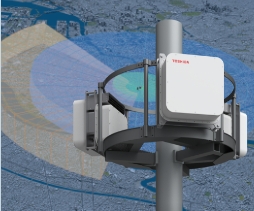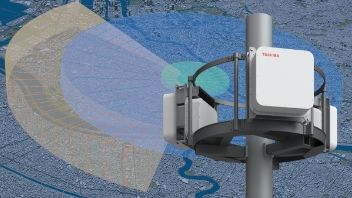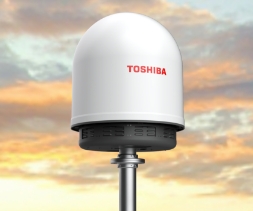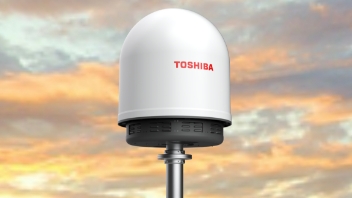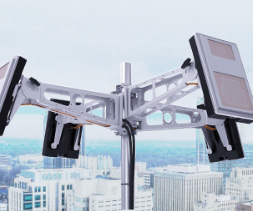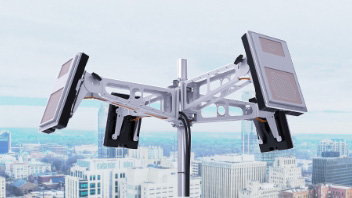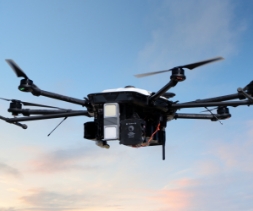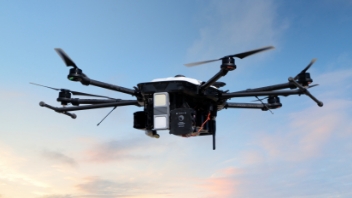Use case - Airports
Drones not only prevent the airports from conducting safe flight but also make passengers lose the satisfaction/convenience of using the airport. This can end in a huge loss for both the airport and passengers. Below are the examples of potential risks caused by drones.
Keys for successful counter measure
There are three important points to keep in mind when dealing with suspicious drones at airports.
Accurate detection and tracking of targets that entered the monitoring area can help determine the appropriate countermeasure and prevention of serious accidents.
By installing sensors that can see further away from the runway, it is possible to detect suspicious drones at an early stage and avoid risks of collision to aircrafts especially at takeoff and landing.
The system which shares detection data of drones such as direction of arrival, location, and drone-like features with relevant departments promptly will contribute to the safe operation of airports such as temporary closure of a runway.
Recommended C-UAS items for airports
We will introduce how to use C-UAS to deal with suspicious drones at airports.
Precise detection of drones
flying in a prohibited area
Early warning during takeoff and
landing
Sharing detection information
with relevant departments
Details of specific usage examples
Other use cases
We introduce how to use anti-drone security systems to deal with suspicious drones in various cases.
Product Lineup
Components for multi-mission C-UAS solution to detect, track, analyse and mitigate suspicious drones.




